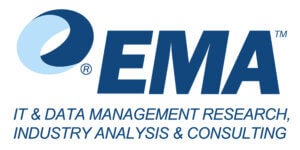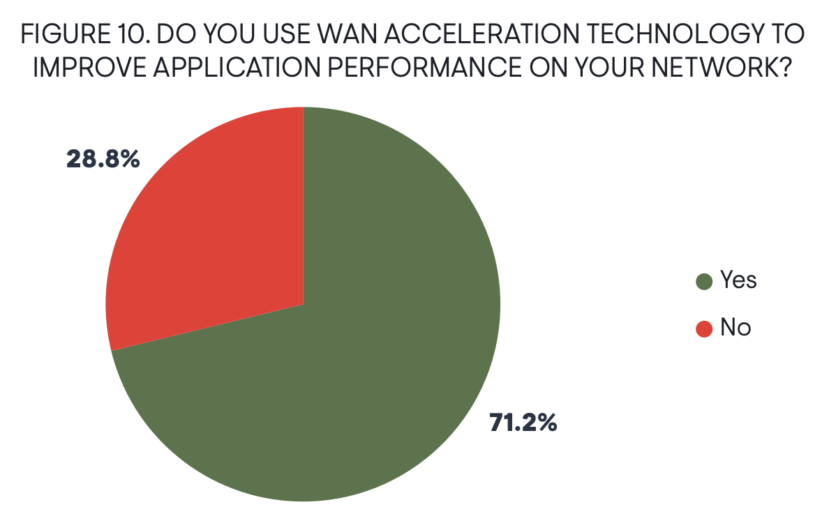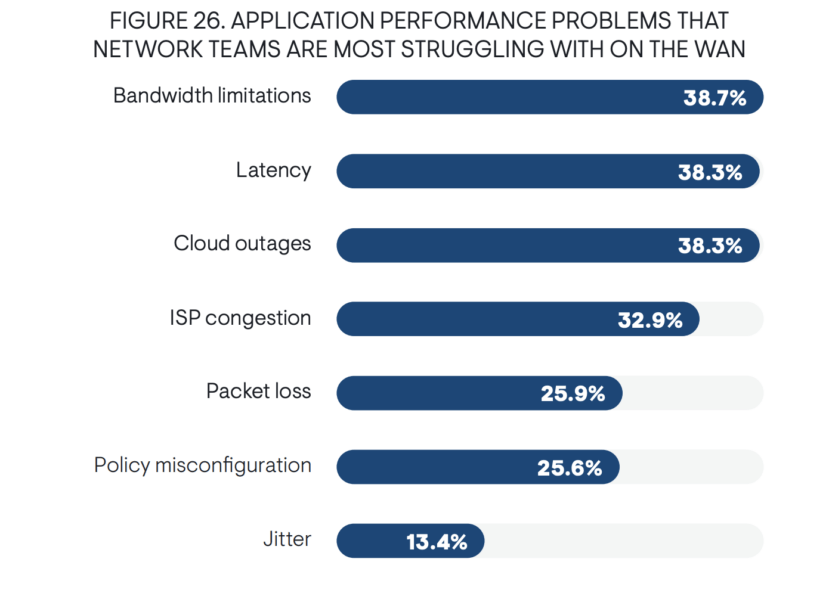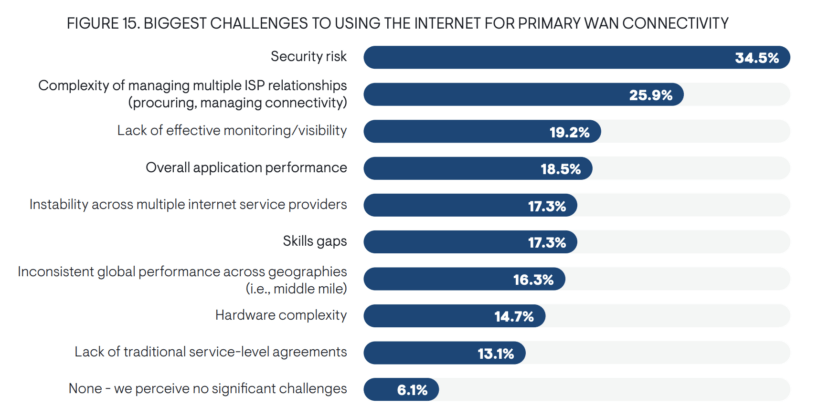 A new research report from Enterprise Management Associates (EMA) is now available!
A new research report from Enterprise Management Associates (EMA) is now available!
The report, WAN Transformation with SD-WAN: Establishing a Mature Foundation for SASE Success, is based on EMA’s survey of IT professionals across North America and Europe. The report finds that SASE technology is the next step in the evolution of WANs. According to the research, many enterprises are finding that the transition from SD-WAN to SASE is not trivial. The report examines how enterprises are transforming their networks to take the next step toward SASE.
Interesting findings
This WAN transformation research has some more interesting findings on WAN usage. The report states, “71% apply WAN acceleration to their networks, and nearly all of them leverage their SD-WAN vendors for this acceleration.” This may be based on a misconception that SD-WAN can provide comprehensive WAN acceleration.

The EMA paper goes on to state, “SD-WAN enables enterprises to add more bandwidth to their WAN underlay via more affordable broadband internet connections. But more bandwidth does not guarantee application performance. An SD-WAN strategy must also include WAN acceleration.”
WAN acceleration is key
Conventional approaches to enterprise networking are no longer sufficient. Today’s distributed environment supports multiple data centers, remote branch offices, and work-from-anywhere users. And it can be challenging to build networks that are agile, high performing, and that effectively connect users and applications. In addition, IT teams are faced with the challenge of deploying these networks in the most cost effective way.
Many companies have implemented SD-WAN to provide agile and efficient networks that connect their distributed users and applications. The benefits of SD-WAN include increasing WAN capacity with cost-effective internet Broadband, streamlining network operations, and accelerating site provisioning. However, while SD-WAN may in some cases improve network efficiency, it doesn’t address serious user experience issues resulting from latency or heavy data application traffic. Even after SD-WAN is deployed, companies may still experience network and application performance issues. These issues cannot be solved with additional bandwidth.

Riverbed WAN acceleration solutions can work together with and on top of SD-WAN solutions. This will foster higher performing networks, stronger application performance, and improved business productivity. Watch this video to learn how SD-Wan and App Acceleration are better together.
Challenges with internet for primary WAN connectivity
The EMA research also details challenges to using the internet for primary WAN connectivity. The report states, “In general, the internet is not an enterprise-class WAN connectivity solution.” The chart below lists these challenges, the biggest of which are security risk and complexity of managing multiple ISP relationships. It makes sense that security risk is the biggest challenge given the internet is a public network that is “inherently insecure.”

The research also found application performance, instability across internet service providers, and inconsistent global performance across geographies to be challenges. These challenges illustrate the reality of the internet—inconsistent performance and instability that leads to application performance problems.
We frequently hear from customers that inconsistent global performance is a major problem. Using the internet for primary WAN connectivity may work out to some degree for organizations that operate in geographies with good bandwidth and connectivity—for example, in western Europe or the United States. However, for international companies with branches across the globe, the performance and experience for each remote branch is very different. In addition, with users working from home where the last mile service provider is randomly based on the employee choice, the company’s IT is no longer even in control.
To meet these challenges head on, organizations need a solution that can help greatly improve the user experience. Riverbed Acceleration solutions provide fast, secure acceleration of apps over any network to users, whether mobile, remote, or in office. Built on decades of WAN optimization leadership and innovation, our solutions power cloud, SaaS, and client applications at peak speeds. And they overcome network speed bumps such as latency, congestion, and suboptimal last-mile conditions. To learn more about our Acceleration solutions click here.
A need for more granular network monitoring
The WAN transformation research also reveals that while 73% of organizations are relying on the native monitoring provided by their SD-WAN vendors, many are finding it inadequate—with only 41% being fully satisfied with this third-party monitoring.
Users are interested in seeking more granular network monitoring telemetry from third parties that can provide this information. Currently, IT teams may be using both but there is a trend that as network monitoring requires more overlay/underlay visibility, more powerful third-party tools will be required.
Keysight Technologies case study
The EMA report also features an impactful Riverbed case study that describes how Keysight Technologies leverages Riverbed Acceleration and Riverbed Network Performance Management solutions to enable better performance and fast troubleshooting. Keysight, a long-time customer of Riverbed, is an American S&P 500 electronics manufacturing firm leveraging Riverbed Acceleration and Riverbed solutions to gain network visibility and enable faster troubleshooting and better performance.
Due to the nature of its business, large files are distributed from one location to another on a daily basis, requiring significant time and resources. In addition, Keysight faced challenges with network visibility to understand dependencies. Keysight uses Riverbed SteelHead WAN optimization to scale its existing bandwidth and achieve better performance and control. “Riverbed’s acceleration solution, SteelHead, has improved our network performance by 25%. It is extremely effective in reducing the time we spend on transferring files from one office to another” said Ray Schumacher, Network Architect at Keysight Technologies. Additionally, SteelHead improved disaster recovery capabilities by dramatically speeding up device backups across offices around the world.
Keysight wanted to use additional Riverbed visibility tools to seamlessly integrate with SteelHead and digest all the data passing through SteelHead. Keysight began to use Riverbed NetProfiler and Riverbed AppResponse, which provided better visibility for real-time troubleshooting and historical packet data. As a result, the Keysight team is able to fix issues proactively and diagnose problems before their user community raises tickets. “Looking into the network is instrumental to see what’s really going on in the environment, which provides us with insights that we can act on to improve productivity and performance.”
Learn more
Interested in more findings from the report? Click here to access the insightful WAN transformation research from EMA and establish a foundation for SASE success!
